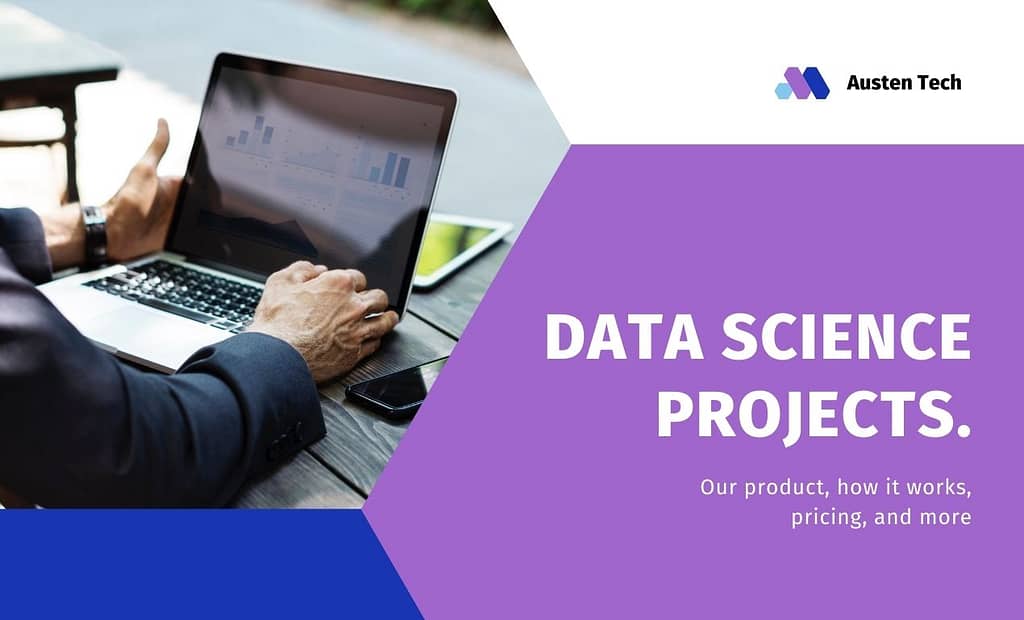Learn How to Use Five APIs for Your Data Science Projects

APIs (Application Programming Interfaces) are invaluable tools for data scientists. They provide a way to access and leverage a wealth of data and functionalities from various platforms and services. By integrating APIs into your data science projects, you can enrich your datasets, perform advanced analyses, and build more robust models. In this blog, we will explore five essential APIs that every data scientist should know how to use.
1. Twitter API
The Twitter API is a powerful tool for accessing and analyzing real-time social media data. It allows you to gather tweets, user profiles, and trends, which can be invaluable for sentiment analysis, trend analysis, and social media research.
How to Use Twitter API:
- Create a Developer Account:
- Sign up for a Twitter Developer account and create a new project to obtain your API keys.
- Install Tweepy:
- Tweepy is a Python library that simplifies the interaction with the Twitter API.
pip install tweepy- Authenticate and Fetch Data:
- Use your API keys to authenticate and start fetching data.
import tweepy
auth = tweepy.OAuthHandler('consumer_key', 'consumer_secret')
auth.set_access_token('access_token', 'access_token_secret')
api = tweepy.API(auth)
# Fetch tweets containing a specific hashtag
for tweet in tweepy.Cursor(api.search, q='#DataScience').items(10):
print(tweet.text)Applications:
- Sentiment analysis
- Trend analysis
- Social media monitoring
2. Google Maps API
The Google Maps API provides access to geolocation and mapping services, enabling you to incorporate location data into your projects. This API is essential for projects involving geographical data, such as route optimization, location-based recommendations, and spatial analysis.
How to Use Google Maps API:
- Get API Key:
- Sign up for a Google Cloud account and enable the Google Maps API to get your API key.
- Install Google Maps Client:
- Use the googlemaps library to interact with the API.
pip install googlemaps- Fetch Geolocation Data:
- Use the API key to access geolocation data.
import googlemaps
gmaps = googlemaps.Client(key='your_api_key')
# Get geolocation data for an address
geocode_result = gmaps.geocode('1600 Amphitheatre Parkway, Mountain View, CA')
print(geocode_result)Applications:
- Route optimization
- Location-based services
- Geospatial analysis
3. OpenWeatherMap API
The OpenWeatherMap API provides access to weather data, including current conditions, forecasts, and historical data. This API is useful for projects involving weather prediction, environmental monitoring, and agricultural planning.
How to Use OpenWeatherMap API:
- Get API Key:
- Sign up for an OpenWeatherMap account and obtain your API key.
- Fetch Weather Data:
- Use the requests library to fetch data from the API.
import requests
api_key = 'your_api_key'
city = 'London'
url = f'http://api.openweathermap.org/data/2.5/weather?q={city}&appid={api_key}'
response = requests.get(url)
weather_data = response.json()
print(weather_data)Applications:
- Weather forecasting
- Environmental monitoring
- Agricultural planning
4. Alpha Vantage API
The Alpha Vantage API provides access to financial data, including real-time and historical stock prices, forex data, and cryptocurrency prices. This API is essential for financial analysis, algorithmic trading, and economic research.
How to Use Alpha Vantage API:
- Get API Key:
- Sign up for an Alpha Vantage account and obtain your API key.
- Install Alpha Vantage Library:
- Use the alpha_vantage library to interact with the API.
pip install alpha_vantage- Fetch Financial Data:
- Use the API key to access financial data.
from alpha_vantage.timeseries import TimeSeries
ts = TimeSeries(key='your_api_key', output_format='pandas')
data, meta_data = ts.get_intraday(symbol='AAPL', interval='1min', outputsize='full')
print(data.head())Applications:
- Financial analysis
- Algorithmic trading
- Economic research
5. IBM Watson API
The IBM Watson API provides access to advanced AI and machine learning services, including natural language processing, visual recognition, and speech-to-text conversion. This API is ideal for projects involving AI-driven insights, automated text analysis, and image recognition.
How to Use IBM Watson API:
- Get API Key:
- Sign up for an IBM Cloud account and create a Watson service instance to get your API key.
- Install IBM Watson SDK:
- Use the ibm_watson library to interact with the API.
pip install ibm-watson- Fetch AI Services:
- Use the API key to access Watson services.
from ibm_watson import LanguageTranslatorV3
from ibm_cloud_sdk_core.authenticators import IAMAuthenticator
authenticator = IAMAuthenticator('your_api_key')
language_translator = LanguageTranslatorV3(
version='2018-05-01',
authenticator=authenticator
)
language_translator.set_service_url('your_service_url')
# Translate text
translation = language_translator.translate(
text='Hello, world',
model_id='en-es'
).get_result()
print(translation)Applications:
- Natural language processing
- Text and sentiment analysis
- Image recognition
Table of Contents
Conclusion
Integrating APIs into your data science projects can significantly enhance your analytical capabilities and expand the range of data you can work with. The Twitter API, Google Maps API, OpenWeatherMap API, Alpha Vantage API, and IBM Watson API provide diverse functionalities that cater to various aspects of data science, from social media analysis and geolocation to weather forecasting, financial analysis, and AI-driven insights. By mastering these APIs, you can unlock new possibilities and drive more impactful data science projects.
1 thought on “Learn how to use best 5 APIs for your data science projects.”